
Diamond
Diamond is a precious gemstone made of carbon that is prized for its beauty, rarity, and exceptional hardness. It is the hardest known natural material and has a unique crystal structure that gives it exceptional strength and durability. Diamonds are usually colourless, but can also occur in various shades of yellow, brown, and other colours.
In jewellery, diamonds are often used as a symbol of love and commitment, and are given as engagement or wedding rings. They are also prized for their ability to reflect and refract light in a way that gives them their characteristic sparkle and brilliance. Diamonds come in a variety of shapes and sizes, and are typically evaluated based on the "Four Cs": cut, clarity, colour, and carat weight.
The history of diamonds dates back thousands of years, with the first recorded use of diamonds in jewellery dating back to ancient India. Over time, diamonds have become associated with wealth and luxury, and are often considered a symbol of success and status. Today, diamonds are mined in a number of countries around the world, with the largest diamond-producing countries being Russia, Canada, and Australia.
Design Your Unique Jewellery


Choose Your Category
This section allows the user to select the type of jewellery they would like to create, such as a ring, necklace, or pair of earrings.

Select Your Stone
In this section, the user can choose the type of gemstone they would like to use in their jewellery from a variety of options, such as diamond, emerald, or sapphire.

Customize Your Jewellery
Customize your jewellery by adding any additional specifications or customizations, such as engraving or a specific setting style.
Diamond:
The Birthstone of April
Diamond is the birthstone for the month of April, and it is also the traditional stone for the zodiac sign of Aries. It is a symbol of purity and eternal love, and it is often given as a symbol of eternal love and commitment. Diamonds are also known to enhance inner strength and to provide protection. They are often given as engagement rings and other pieces of jewellery to celebrate important life events.
Diamonds are one of the most precious gemstones, prized for their brilliance and durability. They are known for their hardness and they are the hardest natural substance known to man, which makes them highly valued for their exceptional durability and resistance to wear. Diamonds are a universal symbol of love and enduring affection, as well as a symbol of wealth and prestige.

FAQs
What are the Four Cs of diamonds and how do they affect the value of a diamond?
The Four Cs of diamonds are the four characteristics that determine the quality and value of a diamond: cut, colour, clarity, and carat weight. The cut of a diamond refers to the angles and proportions of the diamond, which can affect its sparkle and brightness. The colour of a diamond is graded on a scale from D (colourless) to Z (light yellow or brown), with higher grades indicating a more valuable diamond. The clarity of a diamond refers to the presence or absence of blemishes and inclusions, with higher grades indicating a more valuable diamond. The carat weight of a diamond refers to its size and weight, with larger diamonds being more valuable.
How do I clean and care for a diamond to keep it looking its best?
To clean and care for a diamond, it is recommended to clean it regularly with a solution of mild dish soap and warm water, and to use a soft brush to remove any dirt or debris from the setting. It is also a good idea to store your diamond separately from other jewellery to prevent it from being scratched or damaged. Avoid exposing your diamond to harsh chemicals, such as bleach or chlorine, and have it professionally checked and cleaned regularly to maintain its sparkle and brilliance.
What is the best way to protect a diamond and ensure its safety?
The best way to protect a diamond is to store it carefully, handle it gently, and have it professionally checked and cleaned regularly. It is also a good idea to insure your diamond to protect it against loss, theft, or damage. Consider keeping your diamond in a safe deposit box or a secure location when it is not being worn.
How can I determine the value of a diamond, and what should I consider when buying a diamond?
There are several factors that can determine the value of a diamond, including the Four Cs (cut, colour, clarity, and carat weight), the demand for the diamond, and the overall market conditions. A certified diamond grading report or appraisal can provide a more accurate estimate of a diamond's value. When buying a diamond, it is important to consider the preferences and style of the person who will be wearing the diamond, as well as your budget and the overall quality of the diamond.
How do diamonds compare to other gemstones, and what are some alternative gemstones to consider?
Diamonds are known for their exceptional beauty and durability, and they are often considered the most precious of all gemstones. However, they are also one of the most expensive gemstones, and there are many other gemstones that can offer similar beauty and value at a lower price. Alternative gemstones to consider include moissanite, cubic zirconia, sapphire, ruby, and emerald. Each gemstone has its own unique characteristics and value, so it is important to consider your personal preferences and budget when making a decision.
What is the difference between white diamonds and coloured diamonds?
White diamonds are the most traditional and popular type of diamonds, and they are colourless or nearly colourless. coloured diamonds, on the other hand, are diamonds that exhibit a range of colours other than white, such as yellow, blue, green, and brown. coloured diamonds are typically more rare and valuable than white diamonds.
"Discover the World of Gemstones"
Beyond diamonds, there is a world of precious and semi-precious gemstones waiting to be explored. From vibrant emeralds to delicate sapphires, each gemstone has its own unique beauty and character.
Explore our collection to find the perfect stone to complete your piece of jewellery and make it truly unique. Whether you're looking to make a bold statement or a subtle accent, we have a gemstone to suit every taste.
-

Diamond
-

Black Diamond
-
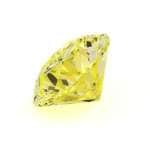
Yellow Diamond
-

Blue Diamond
-
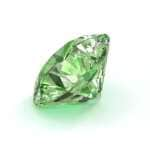
Green Diamond
-

Brown Diamond
-

Emerald
-

Sapphire
-

Ruby
-

White Sapphire
-

Yellow Sapphire
-

Green Sapphire
-

Orange Sapphire
-

Pink Sapphire
-

Amethyst
-

Citrine
-

Blue Topaz
-

Garnet
-

Peridot
-

Aquamarine
-

Fire-opal
-

Green Amethyst
-
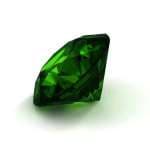
Green Tourmaline
-

Pink Tourmaline
-
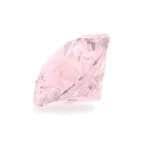
Rose Quartz
-

Smoky Quartz
-

Tanzanite
-

Rhodolite Garnet
-

Sultan stone
-

Tsavorite
-

White Topaz
-

Morganite
-

Swarovski Crystal
-

White Pearl
-

Rose Pearl
-
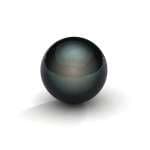
Black Pearl
-

Diamond
-

Black Diamond
-

Yellow Diamond
-

Blue Diamond
-

Green Diamond
-
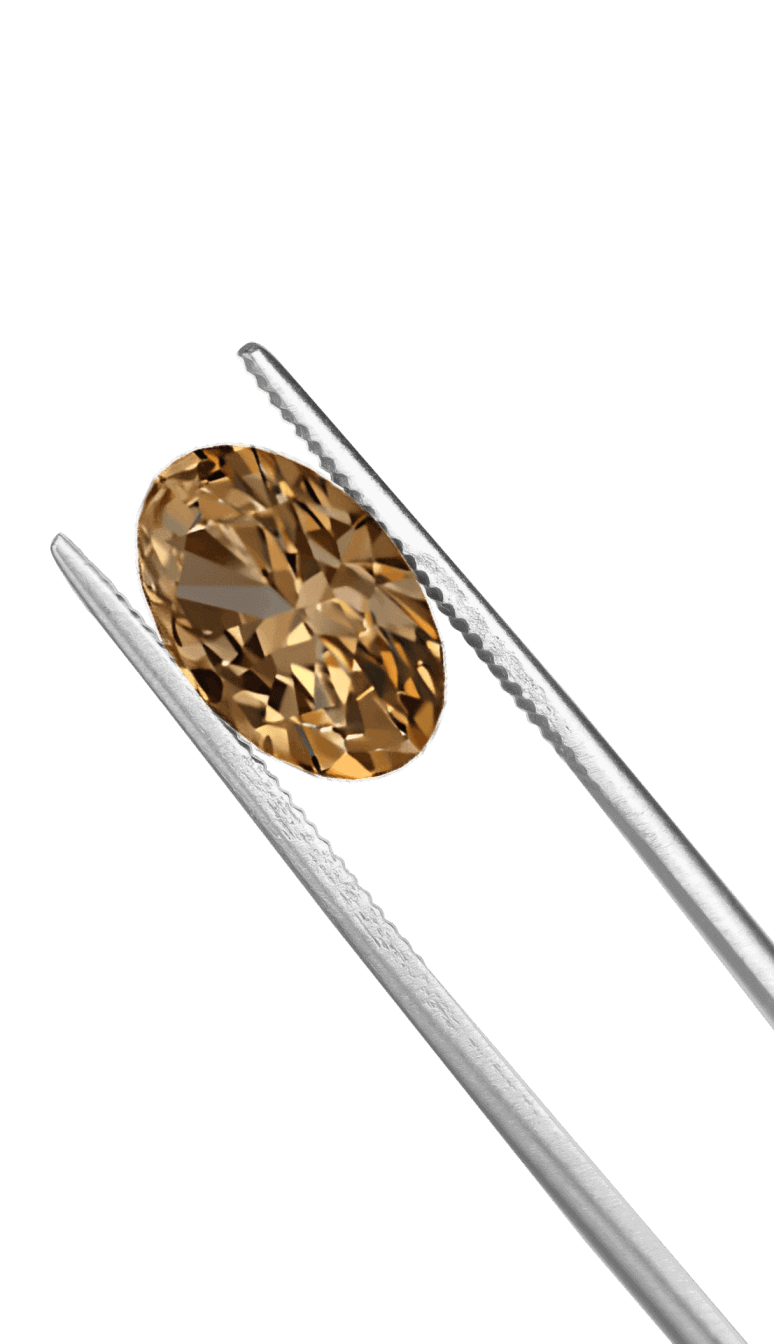
Brown Diamond
-

Emerald
-
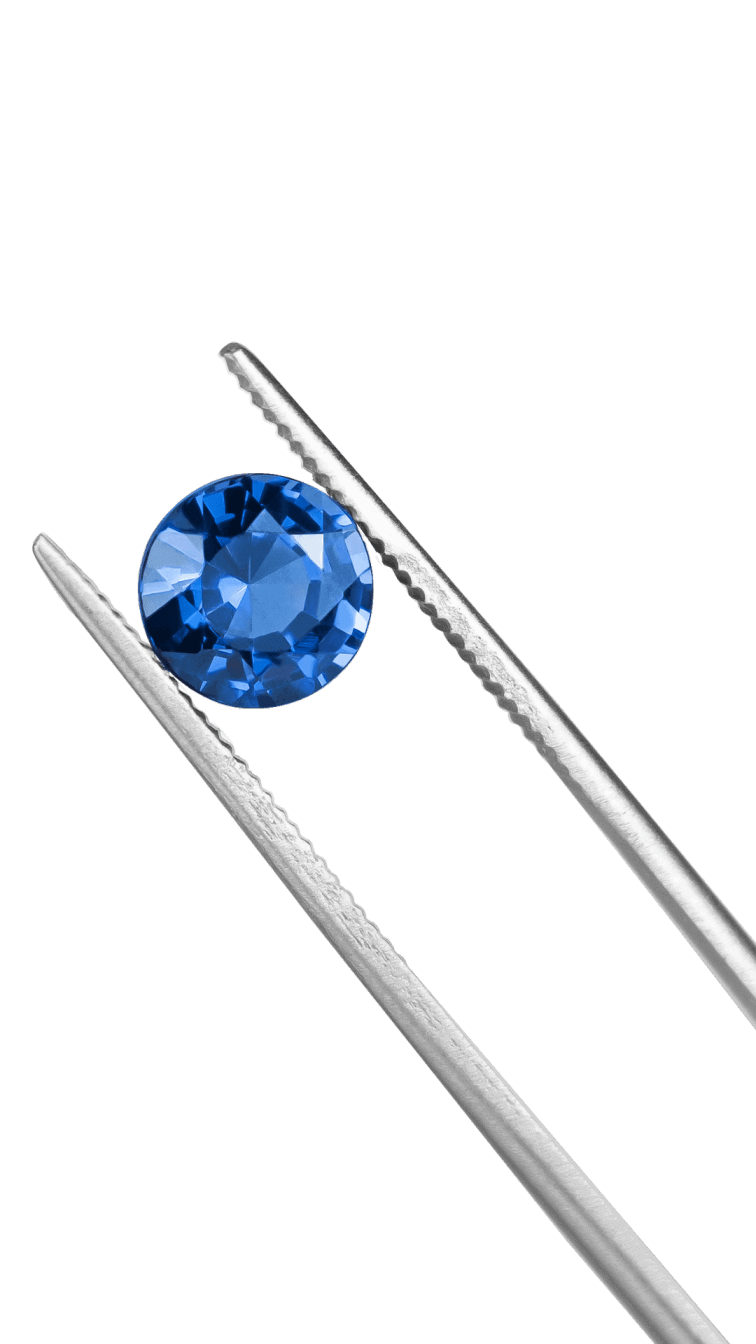
Sapphire
-

Ruby
-
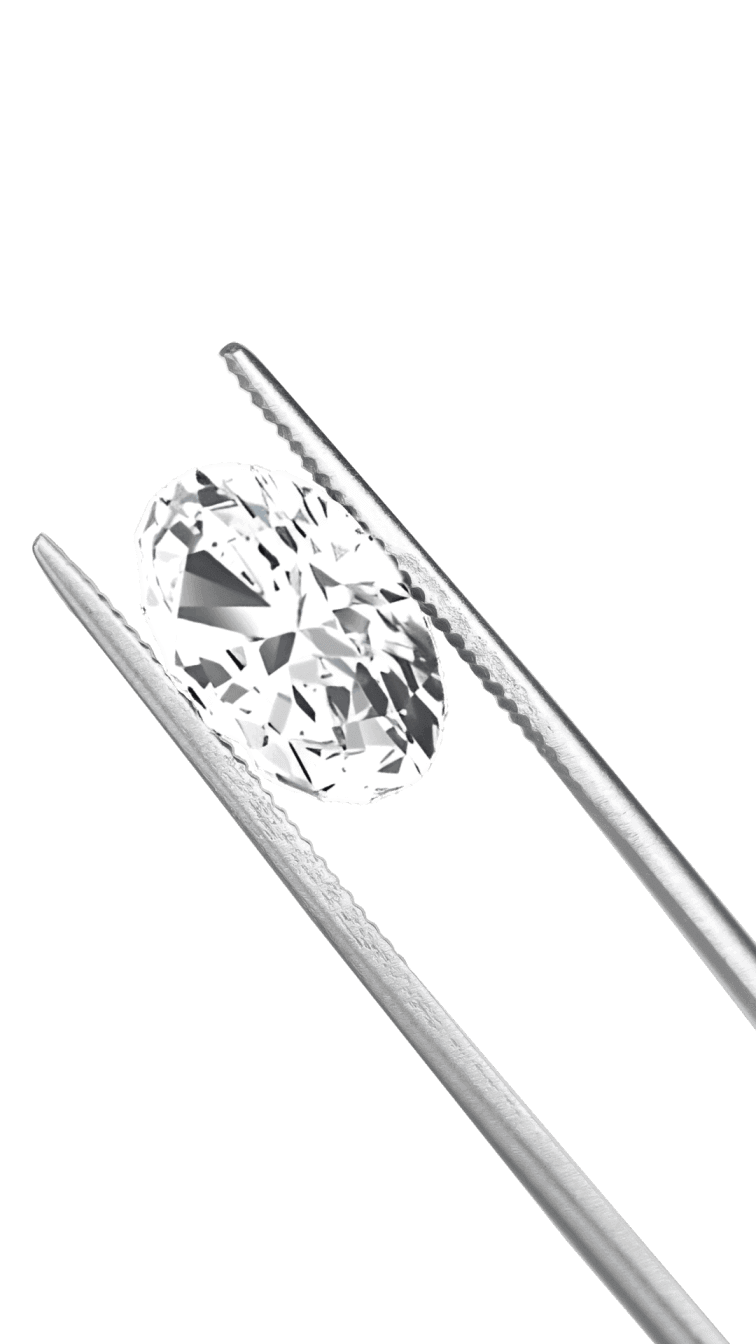
White Sapphire
-

Yellow Sapphire
-

Green Sapphire
-
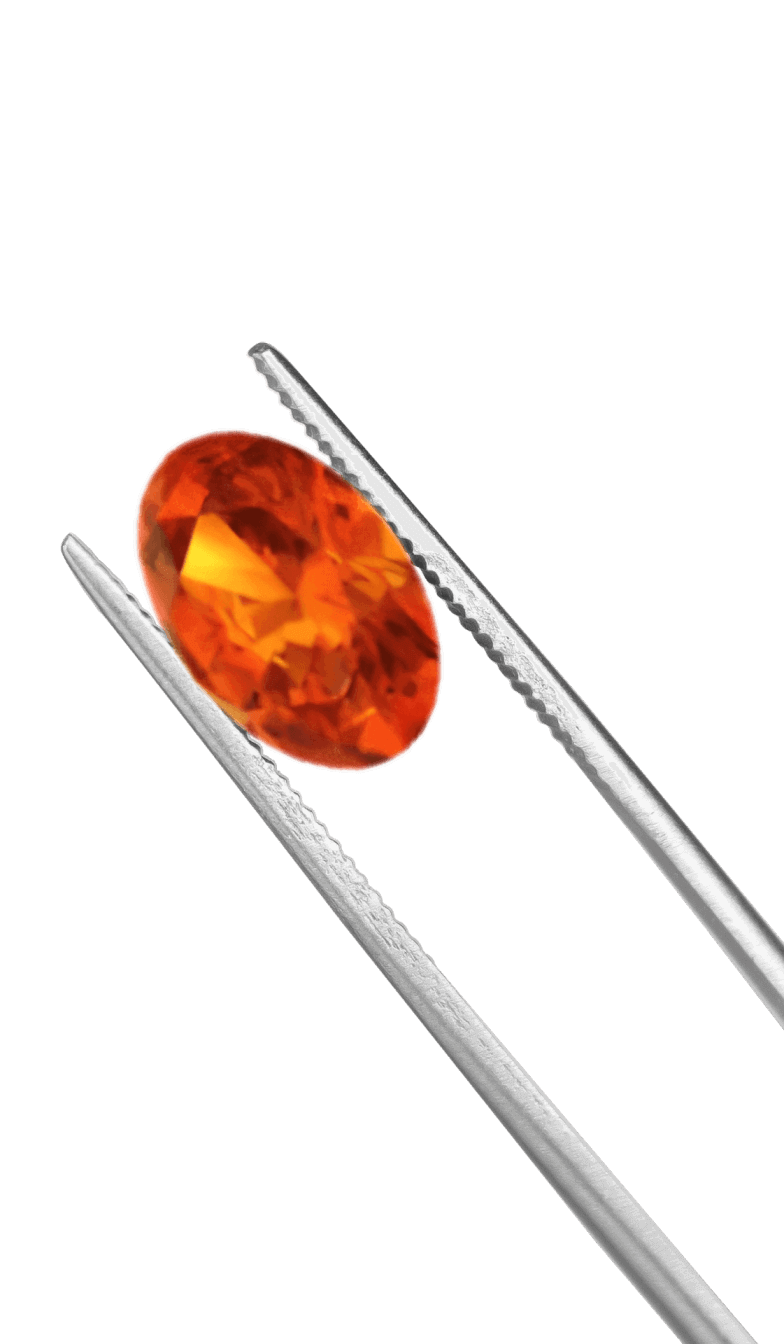
Orange Sapphire
-

Pink Sapphire
-

Amethyst
-
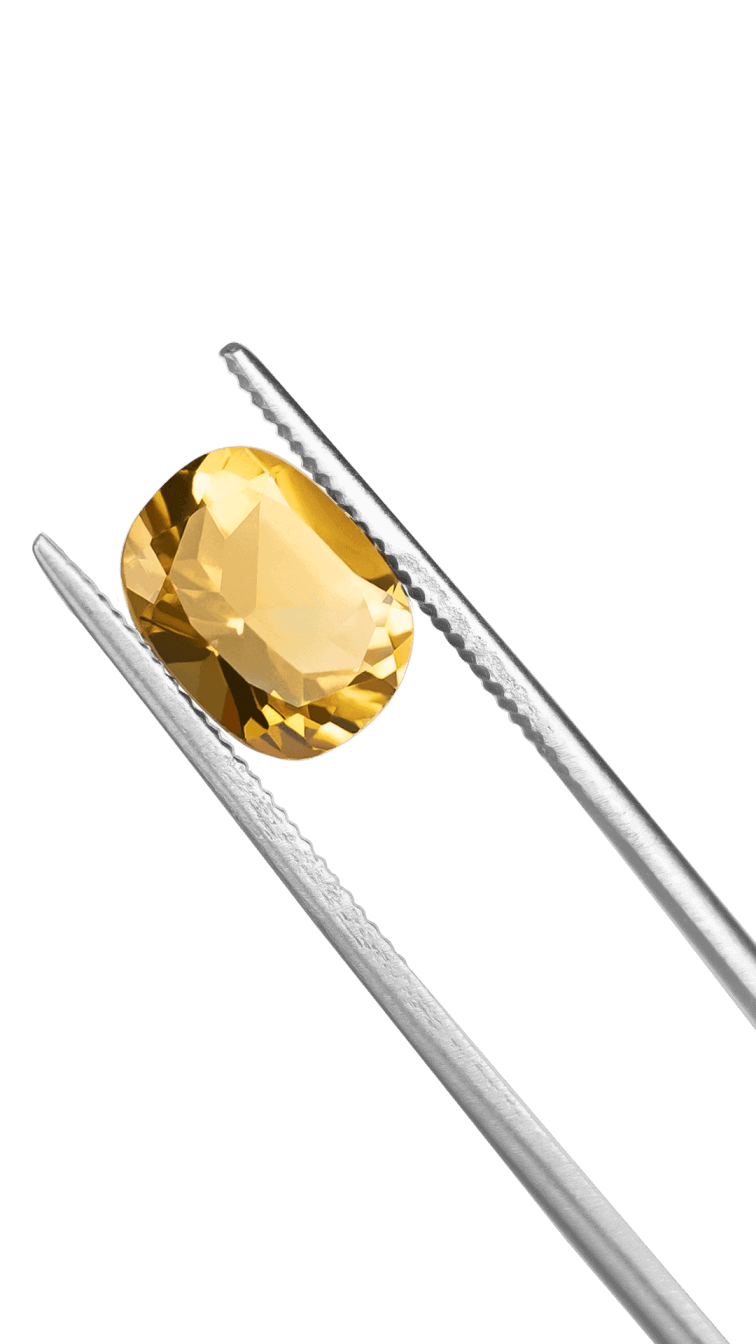
Citrine
-
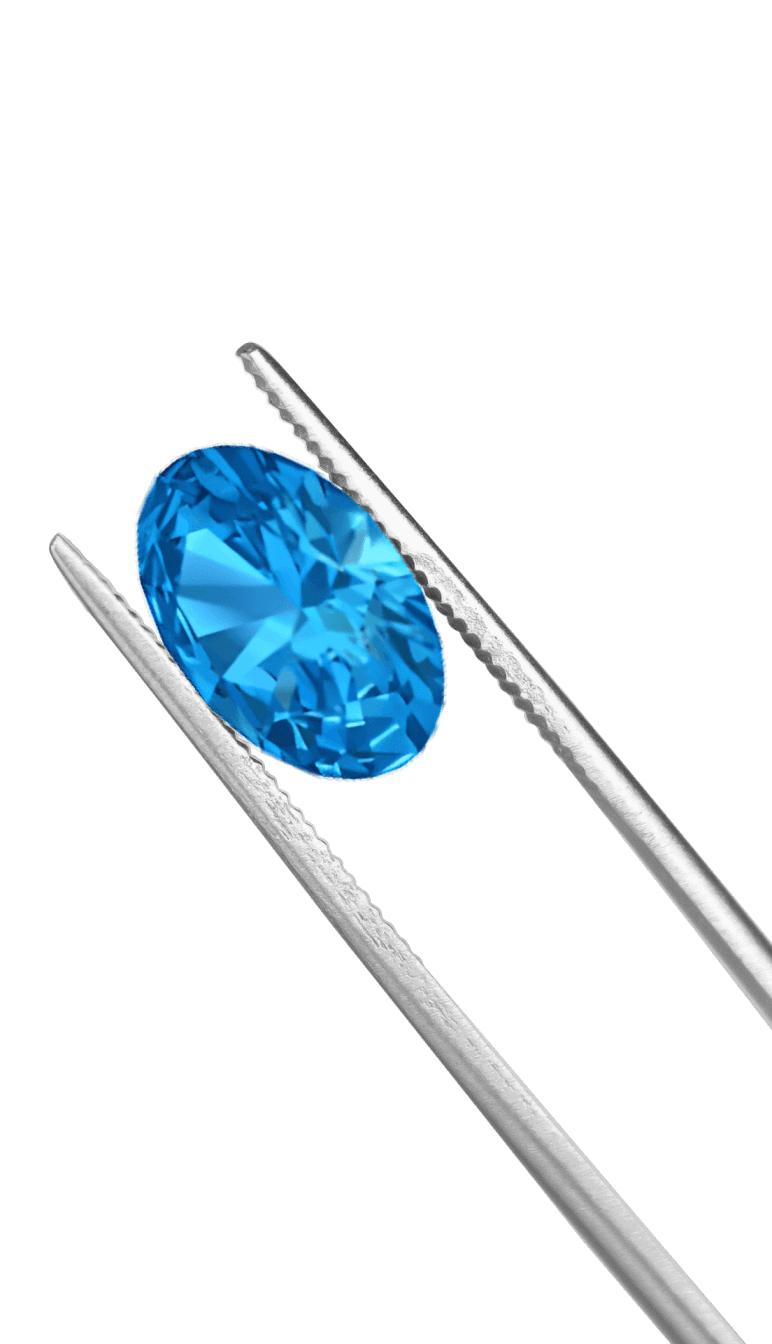
Blue Topaz
-

Garnet
-
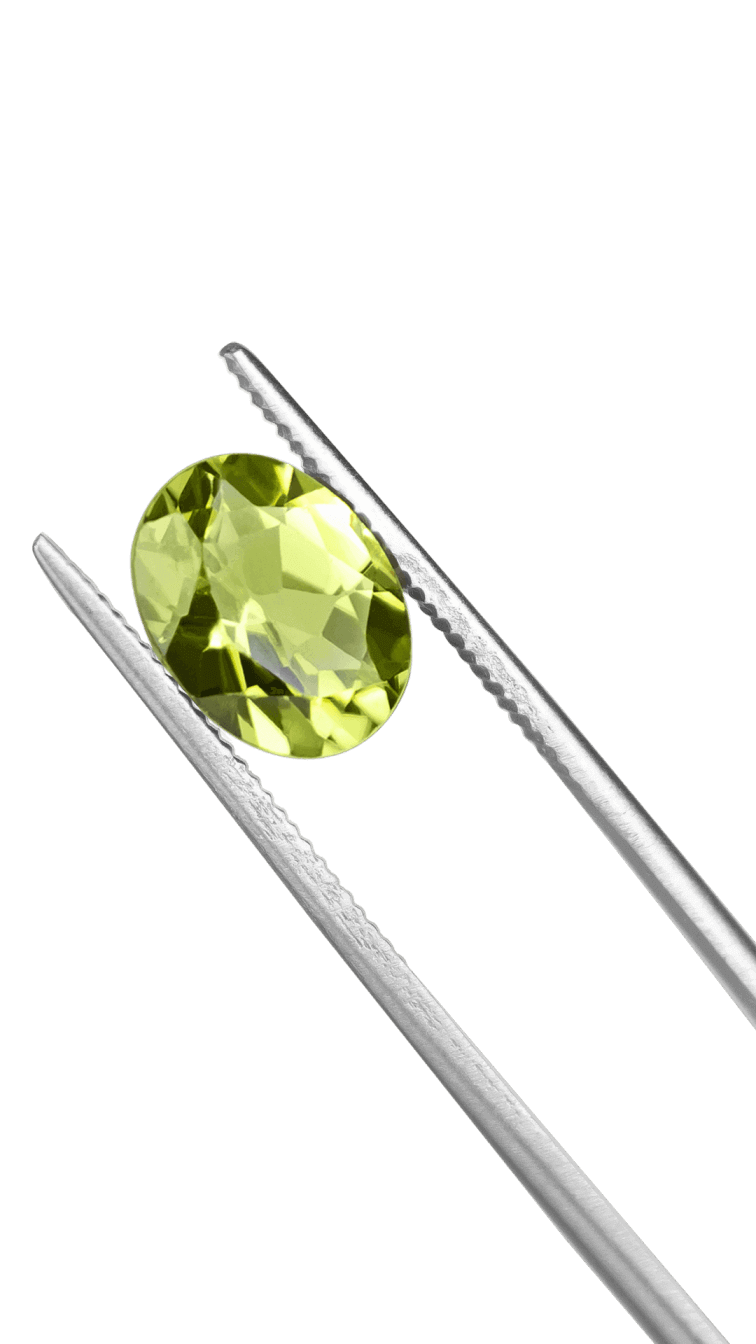
Peridot
-

Aquamarine
-

Fire-Opal
-

Green Amethyst
-

Green Tourmaline
-
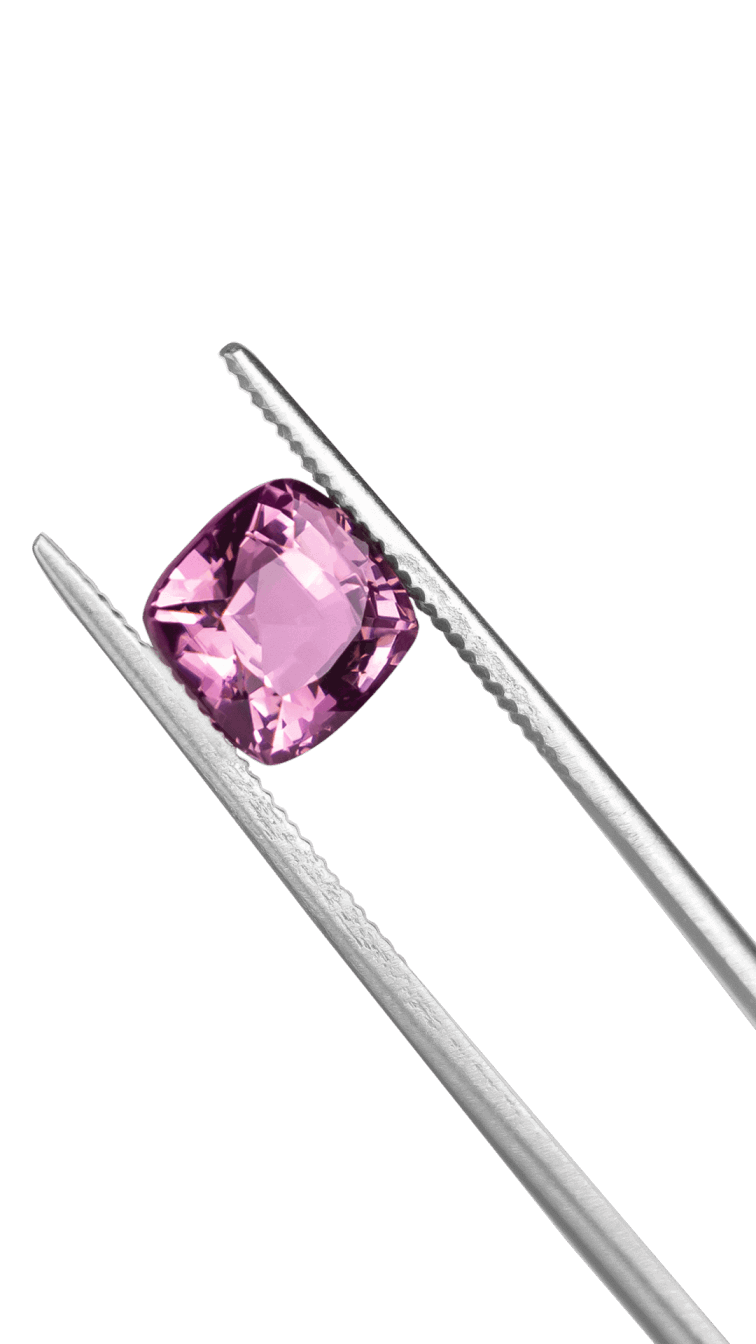
Pink Tourmaline
-

Rose Quartz
-
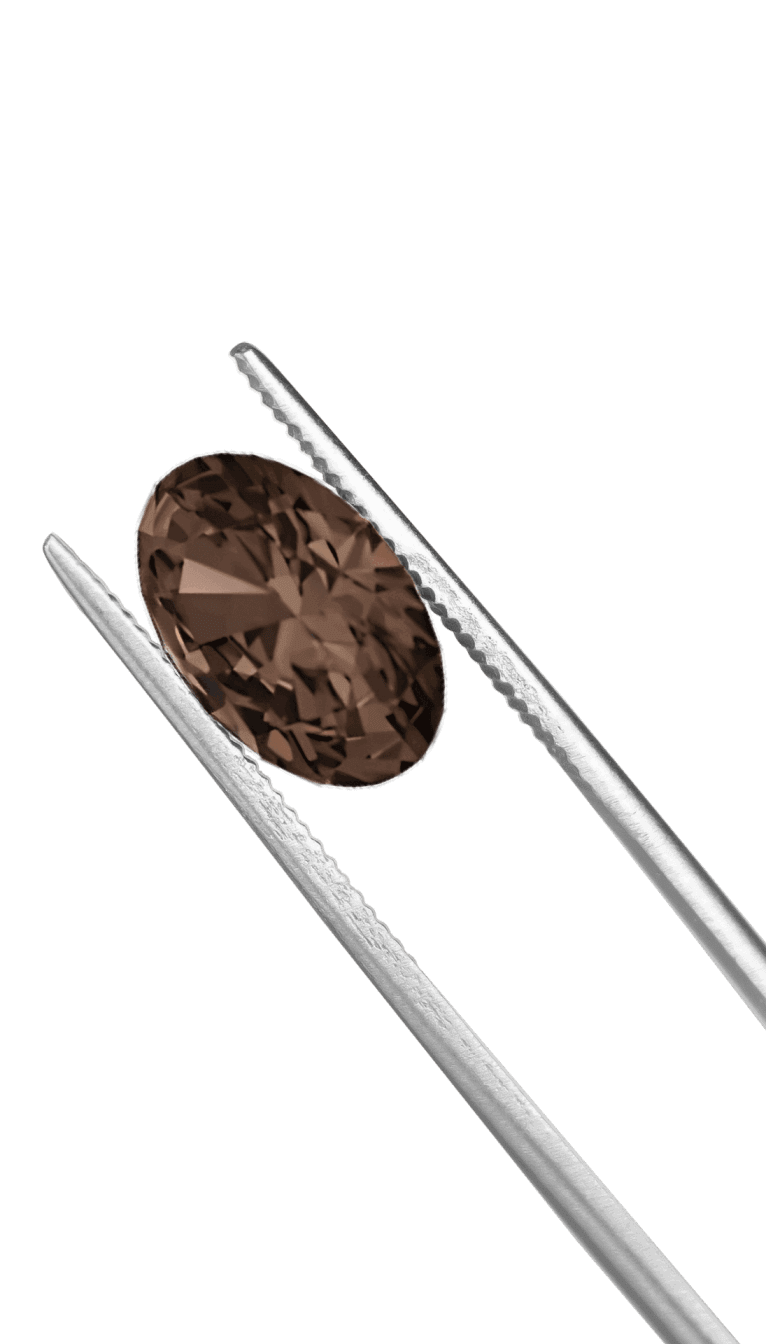
Smoky Quartz
-

Tanzanite
-

Rhodolite Garnet
-
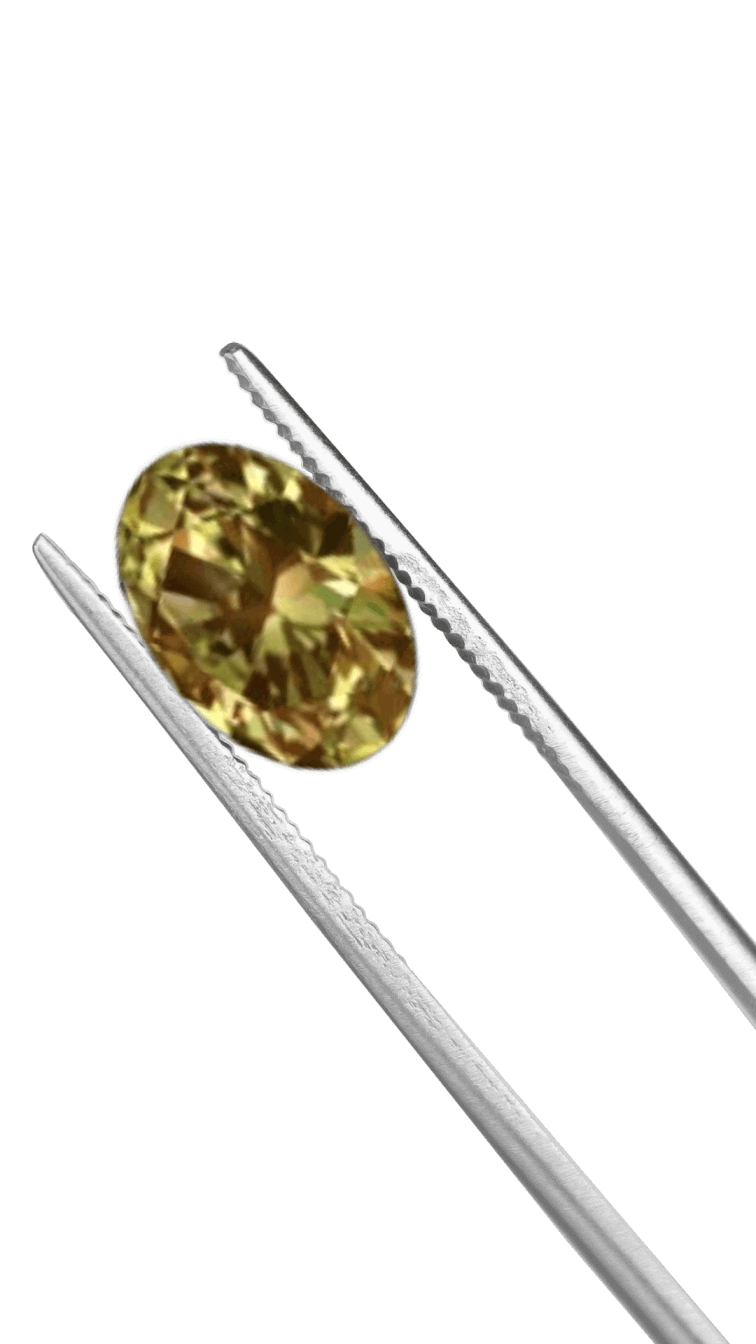
Sultan stone
-
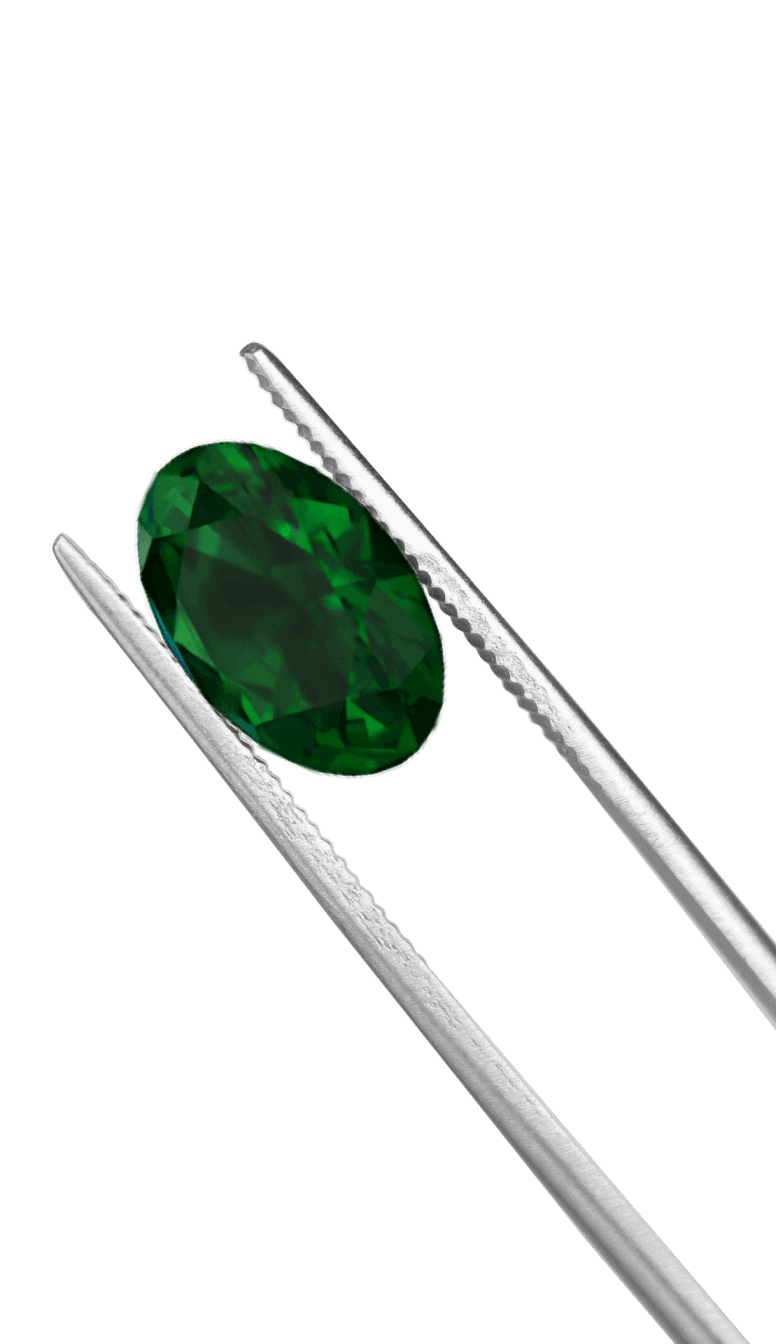
Tsavorite
-
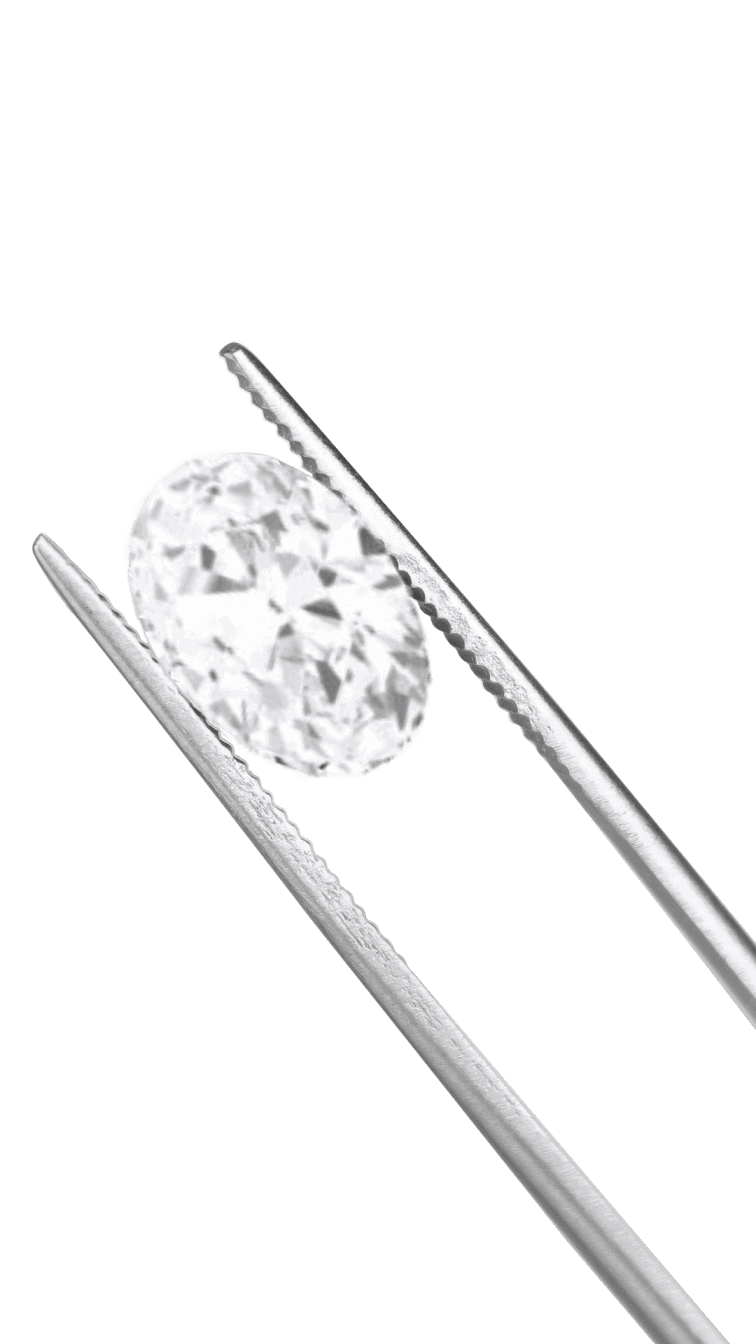
White Topaz
-
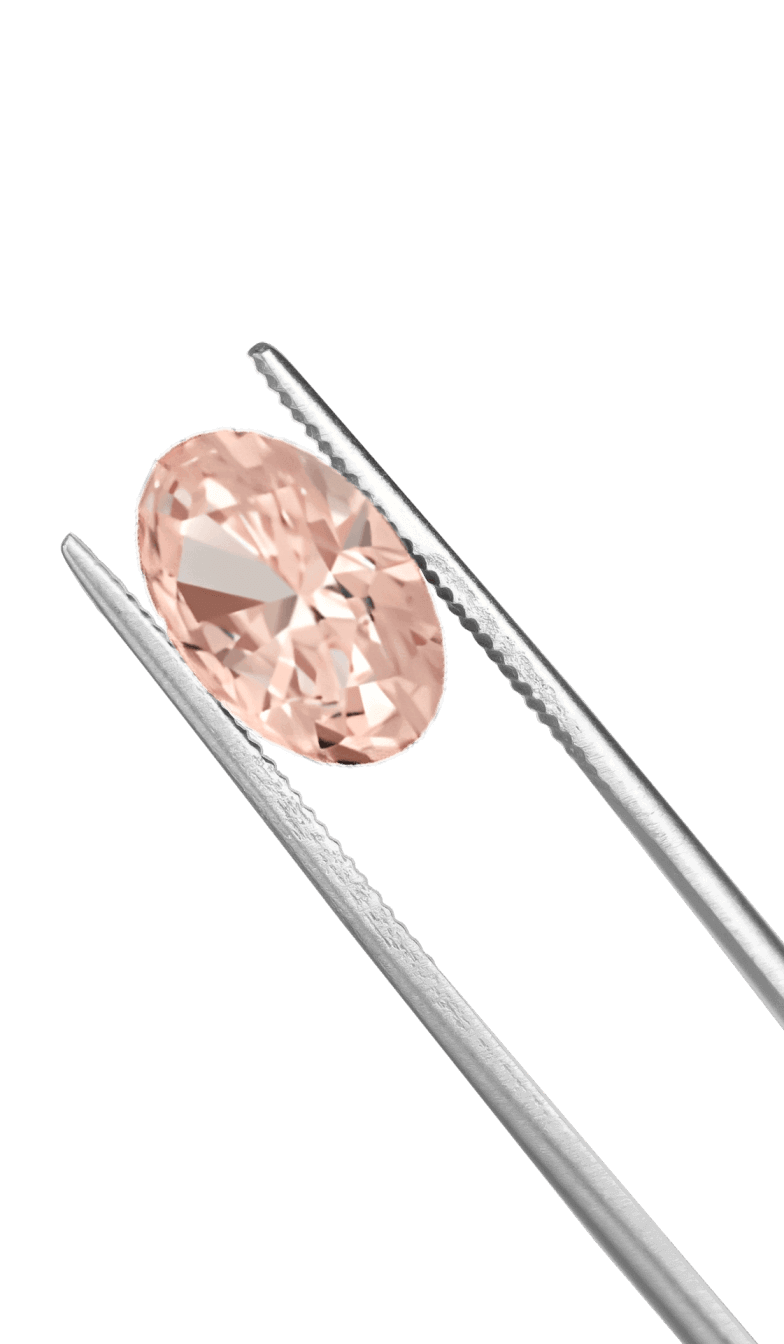
Morganite
-

Swarovski Crystal
Diamond
Diamond Properties
Diamonds are precious stones formed from pure carbon. They are renowned for their exceptional beauty, durability and brilliance. Diamonds are graded according to the 4 C's: carat, cut, colour and clarity. The carat weight of a diamond is a measure of its size, with one carat being equal to 0.2 grams. The cut of a diamond refers to the symmetry, proportion and polish of a diamond, which are adjusted during the cutting process of the gemstone after it has been mined from the earth. The colour of a diamond refers to the combination of three components: hue, saturation and tone. The colour grading scale for diamonds ranges from D to Z. A perfect diamond, known as a D colour, has no colour at all. Diamond clarity refers to the purity of a diamond, and clarity criteria include determining the number of inclusions, their size, relief and position.
Diamond cut and shape
At GLAMIRA we use diamonds in colour H, which is considered to offer the best value for money and the best harmony with designs. The cut range includes 5 grades; excellent, very good, good, fair and poor. On the other hand, diamond shape, which is generally confused with diamond cut, refers to a style or design used to shape a diamond for polishing, such as the princess cut diamond. At GLAMIRA you will find many diamond shapes including Princess, Brilliant, Round, Trillion, Cushion, Heart, Oval and Emerald, which you can use to personalise your pieces.
Quality and rarity
At GLAMIRA we understand the importance of quality and use only the finest diamonds, carefully selected for their beauty and unique characteristics. Diamonds are considered one of the most precious gemstones and their natural formation makes them rare and valuable.
Symbolism and use in jewellery
Diamonds are known as a symbol of romance, beauty and sparkle. There is a saying that "diamonds are a girl's best friend". Even this saying tells us that diamonds are associated with beauty and love. Diamonds are also associated with good health and long life. However, for centuries the main concept has been love. The reason why diamonds are associated with love is because diamonds are so strong that it is difficult to break them into pieces. It therefore represents unending love.
Personalisation options
At GLAMIRA, we create unique diamond jewellery in the form of necklaces, earrings, cufflinks and engagement rings and leave them on your palms for you to customise according to your fashion appetite. Diamond earrings including drop earrings, hoop earrings or diamond studs are one of the best options that you can personalise and wear as you wish to underline the brilliance of your beauty. You can also wear shards of the stars around your neck in the form of a diamond necklace. Best of all, you can turn Cupid's irresistible diamond-studded arrows into diamond engagement rings and shoot the special lady in your life straight into her heart!
When designing your diamond jewellery on GLAMIRA, you can make as many adjustments as you like to get exactly what you want. For example, GLAMIRA allows you to choose the metal used in your jewellery. For example, you can choose gold as the metal of your jewellery and get diamond-gold jewellery. For each type of jewellery we offer white gold, rose gold and yellow gold options. You can also personalise your jewellery with an engraving option.
At GLAMIRA we pride ourselves on offering our customers a wide range of options and the ability to fully customise their jewellery. With our high quality diamonds, wide range of styles and the ability to make adjustments to suit your needs, you can be sure that your GLAMIRA diamond jewellery will be a unique and special piece that you'll treasure for years to come. Whether you're looking for an engagement ring, a special gift or a luxurious addition to your jewellery collection, GLAMIRA diamonds are the perfect choice.















